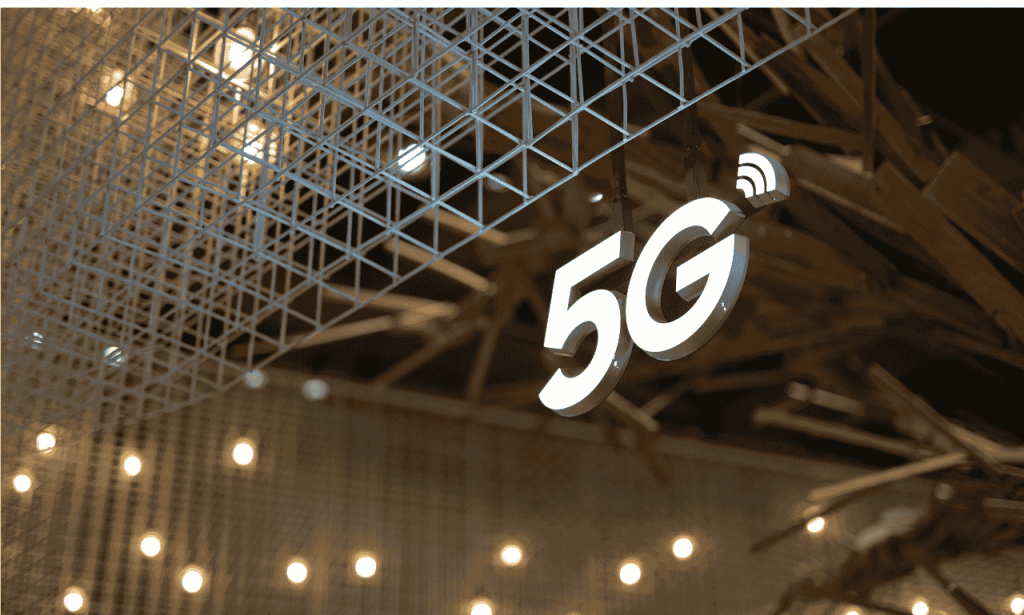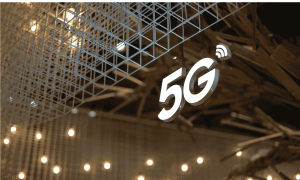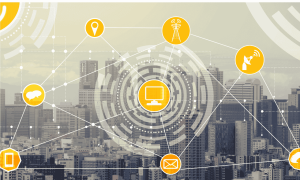5G is the latest generation of wireless technology that promises faster speeds, lower latency, and better connectivity. Think of it as an upgrade from 4G—only way better. Imagine downloading a movie in seconds instead of minutes. That’s what 5G brings to the table.
What is 5G Technology?
5G represents the fifth generation of cellular network technology. It’s the newest standard in mobile communications. This technology connects everyone and everything into a wireless world of unlimited possibilities.
When you use 5G, you’re accessing an advanced network of radio frequencies. These frequencies create a web of connectivity across cities and regions. The system works differently from older networks to provide better service.
Mobile carriers have invested billions in this new infrastructure. They’re installing new equipment on cell towers across the country. This upgrade supports the enhanced capabilities of 5G networks.
How Fast is 5G?
The technology can reach up to 20 gigabits per second, which is 100 times faster than current 4G LTE networks. What does this mean for you? You can download a full HD movie in seconds. Your video calls will stay crystal clear without freezing. Online gaming will become incredibly responsive.
These speeds open new possibilities for businesses and consumers. Remote work has become more efficient, and streaming services deliver higher-quality content without buffering. Real-world tests show impressive results. Users in significant cities report downloads of 1-3 gigabits per second, fast enough to transform mobile device use.
How far can a 5G signal reach?
The coverage distance varies depending on the frequency band in use. Different bands serve different purposes. Low-band 5G signals can reach up to 10 miles from a cell tower. This band provides the widest coverage area for rural and suburban areas.
Mid-band 5G typically covers a few miles from the tower. It effectively balances speed and coverage. Most urban areas use this band for reliable service. High-band, or millimeter wave, reaches about 1,500 feet. It offers the fastest speeds but covers smaller areas. Dense urban centers benefit most from this band.
Factors Influencing 5G Range
Several things affect how far a 5G signal can travel. Here’s a closer look:
Spectrum
The spectrum determines how far 5G signals can travel. Lower frequencies travel farther but provide slower speeds, while higher frequencies offer faster speeds but cover less distance. Carriers use different parts of the spectrum for various needs. They might use low-band for wide coverage. Mid-band works well in suburban areas. High-band serves dense urban locations. The Federal Communications Commission controls spectrum allocation and ensures fair distribution among carriers. This affects how companies can provide services in different areas.
Network Capacity
Network capacity impacts the effective range of 5G signals. More users in an area can reduce the practical coverage distance. Carriers must plan their networks carefully. Peak usage times can affect signal quality and range. Networks adjust automatically to handle changing demands. This dynamic system helps maintain consistent service. Modern 5G networks use advanced technologies to manage capacity. They can handle more devices than ever, and the system adapts to provide the best possible service.
Terrain
Geographic features significantly impact 5G coverage. Mountains can block signals completely, buildings create shadows where coverage might be weaker, and trees can reduce signal strength. Urban areas need more towers due to building interference. Suburban areas might see better coverage with fewer towers. Rural regions face unique challenges with distance and terrain. Weather conditions affect signal propagation. Rain can reduce high-band signal strength, and snow might impact coverage in some areas. Clear weather provides optimal conditions.
Transmission Power
Power output affects how far 5G signals reach. Regulations limit transmission power for safety reasons. These limits help prevent interference between different services. Higher power generally means better range. But it also means higher energy consumption. Carriers must balance coverage needs with operational costs. Modern 5G equipment uses smart power management. It adjusts output based on demand, helping optimize coverage while saving energy.
What is the Impact of 5G Technology?
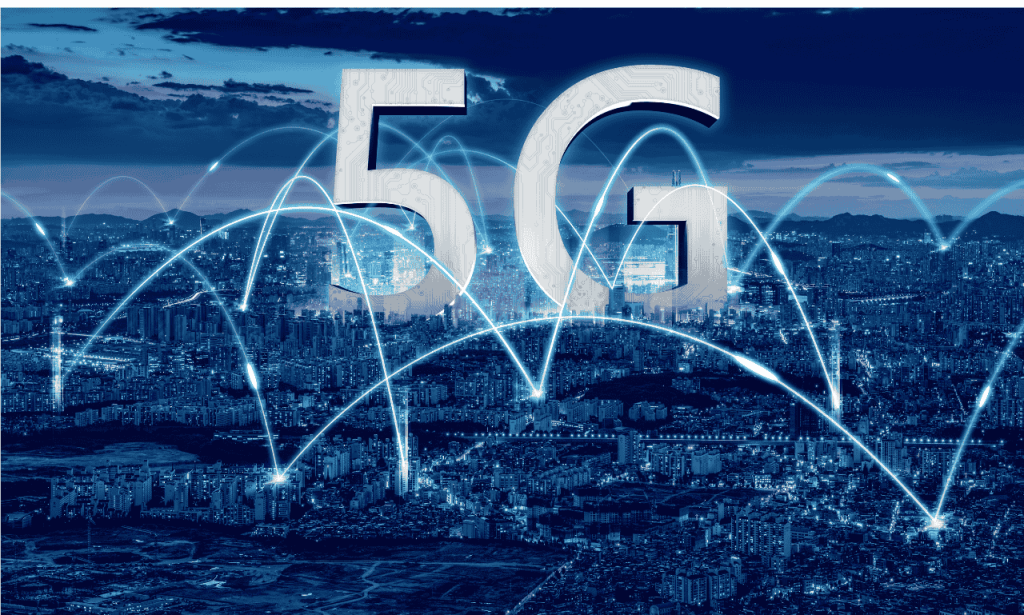
5G transforms how we connect and communicate. It enables smart cities with connected infrastructure, and healthcare providers can offer new types of remote services. The technology supports millions of connected devices, enabling the Internet of Things on a massive scale. Smart homes become more capable and responsive.
Through 5 G, businesses gain new capabilities. They can automate more processes than ever, making real-time data analysis possible anywhere.
The Impact on Service Providers
Service providers face exciting opportunities with 5G. They can offer new types of services to customers, and their networks support more devices than ever. The installation of new equipment requires significant investment. Providers must upgrade existing towers and add new towers in many areas.
Planning for 5G coverage presents unique challenges. Providers must consider population density and usage patterns. They need solutions for indoor coverage problems.
What are the Benefits of 5G Technology?
5G brings amazing improvements to daily life. Healthcare providers can monitor patients remotely, students can access better online learning experiences, and businesses can operate more efficiently. Wireless sensors connect entire factories, making supply chains more transparent and manageable. Smart cities improve services through 5G. Traffic systems respond quickly to changing conditions, making energy grids more efficient and reliable.
5G Advantages
The advantages of 5G go beyond faster downloads. Network slicing creates custom experiences for different users, and response times drop to nearly zero. Security improves significantly with 5G. The network handles millions of devices per square mile, and connected devices use less battery power. Businesses can deploy private 5G networks. These networks provide secure, dedicated service and support specialized industrial applications.
5G Technology Drawbacks and Dangers
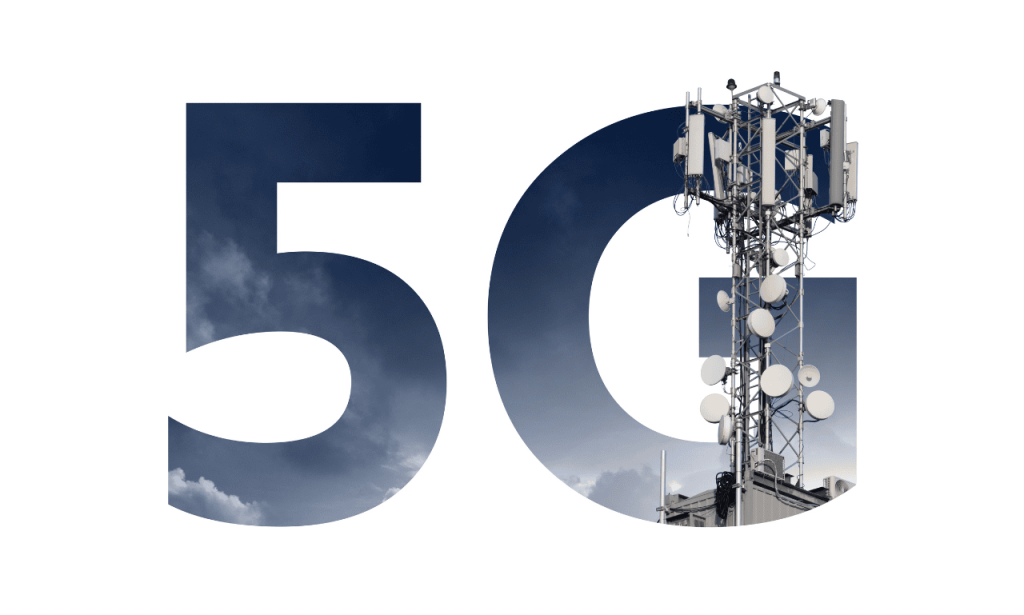
5G technology faces some challenges in its rollout. Coverage might be inconsistent during early deployment. Some areas wait longer for service. The cost of 5G equipment exceeds previous generations. High-band signals have trouble penetrating buildings; some areas need multiple towers for good coverage. Weather affects high-band 5G more than 4G. Rain and snow can reduce signal strength, and buildings block signals more than with previous technologies.
Conclusion
5G technology changes how we connect to the world. The range varies based on many factors. Solutions exist for most coverage challenges. The network continues to expand across the country. More areas gain access to 5G services every month. The benefits make the transition worthwhile. As technology improves, 5G will become even more capable. Coverage will expand to more areas. The future of wireless communication looks promising.
FAQs
Low-band 5G reaches up to 10 miles, mid-band covers a few miles, and high-band extends about 1,500 feet.
Yes, but building penetration varies by frequency band. Low and mid-band frequencies work better indoors.
No, 5G and 4G will operate together for many years to ensure reliable coverage everywhere.
Yes, especially high-band frequencies can be affected by rain and snow.
More towers are needed for complete 5G coverage, especially in urban areas using high-band frequencies.

